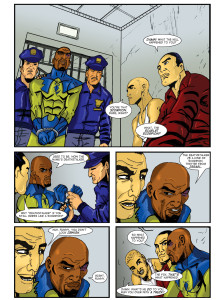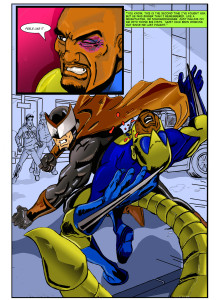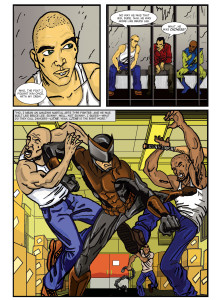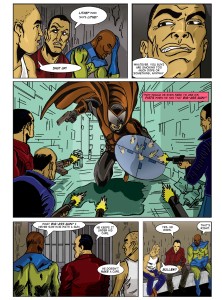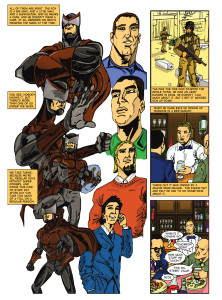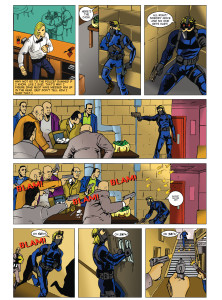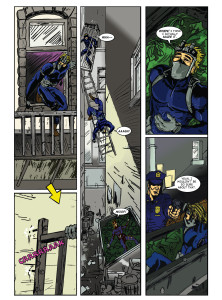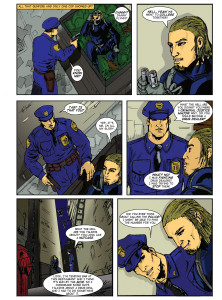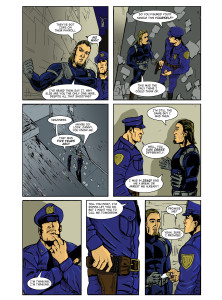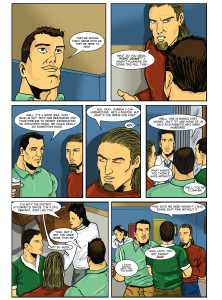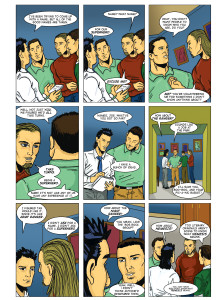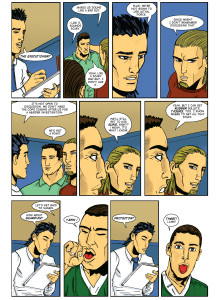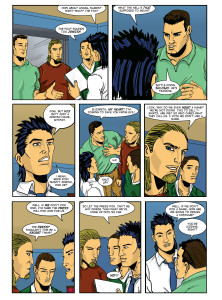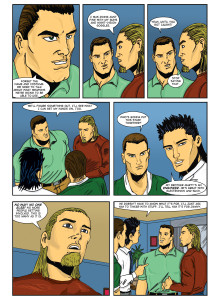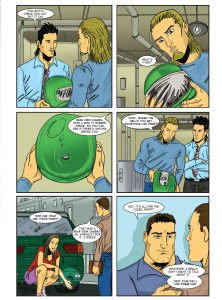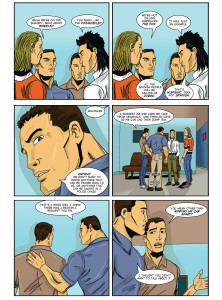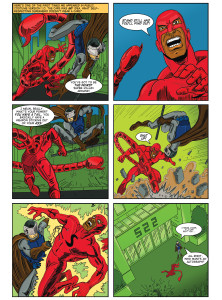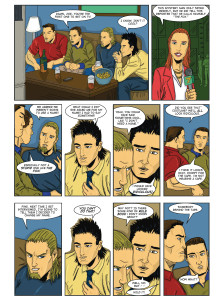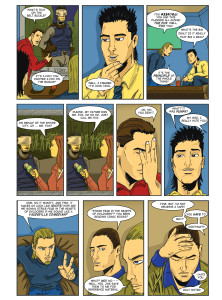Writing About Writing: The Book is (Almost) Always Better Than the Movie
by Michael S. Katz
I’m one of those people who like to read a book before the movie version comes out. I never stopped to wonder why before, but I think I have the answer. Movies are rarely as good as the books, so wouldn’t you want to experience the better version first?
Why are books so tough to adapt to film? Well, to start, a typical novel has way too much material for a 90 minute film. Longer than 90 minutes and you risk turning off your audience, so unless you have a lot of diehards salivating at the chance to see their favorite books come to life, like fans of Harry Potter or The Lord of the Rings, odds are people will be turned off by three-hour movies.
During the transition from page to screen, something has to go. Subplots and characters are usually the easiest to do away with. Often, you’ll see characters combined for the sake of a film. Other times, you’ll wave goodbye to a lesser character who may have had an interesting storyline that didn’t do anything to advance the rest of the narrative. And then there is the need to change things simply for the sake of movie magic, like adding action scenes to take advantage of the audience’s need for special effects extravaganzas.
Hollywood relies on books more and more these days. Part of the reason is that movie producers are afraid to shell out a lot of money on an unknown project. If a novel has had success, it is more likely to receive word of mouth marketing. People who read the book are going to want to see the movie, and will likely tell other people to read the book themselves or at least see the film. That gives Hollywood some assurance of success, similar to the reasons for sequels and remakes: people with interest in the property are already out there, so there is a baseline of sales that they can depend on.
Heck, these days, many projects that once would have made a single film now are extended into two or more films, like The Hunger Games: Mockingjay or The Hobbit—the latter being a rare situation where a great deal of material is added to a story for the film version.
